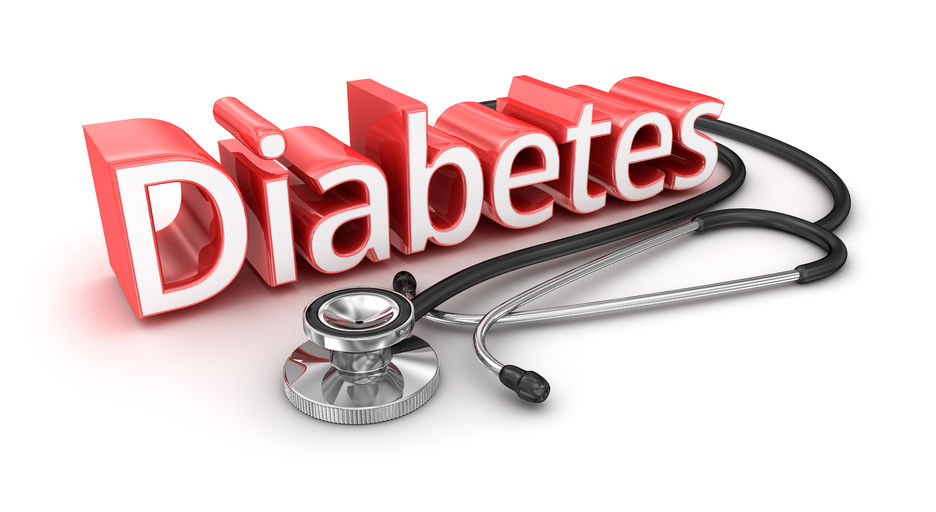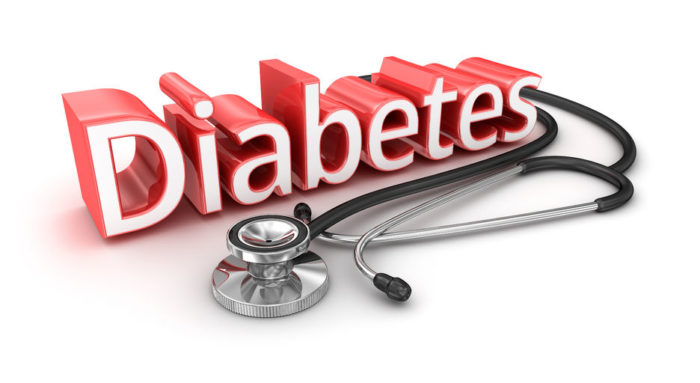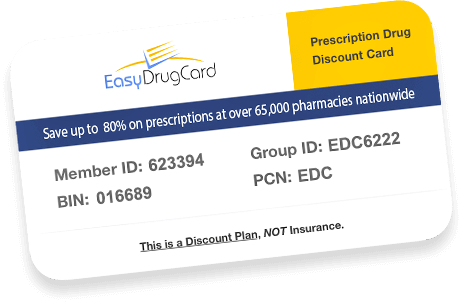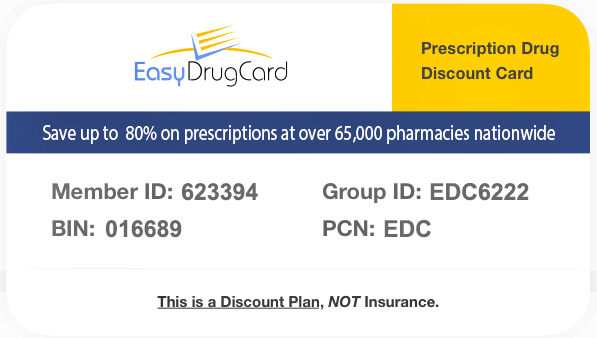Diabetes Explained
Today, the word “diabetes” is often as common as the word “pizza.” According to the Center for Disease Control (CDC), 29.1 million people or 9.3% of the population have diabetes. That equates to about 1 in every 11 people. What’s alarming is that 8.1 million people (27.8 % ) might not even realize that they have it because they haven’t been diagnosed.
Whenever I meet with a patient who has been diagnosed with diabetes, I ask them if they understand what exactly diabetes is and how it impacts their body. Not once have any of my patients ever been able to explain the function of insulin on blood sugar. Generally, they have a basic knowledge that it has something to do with high blood sugar and they further believe that diet-wise they need to do is avoid all sugar and all forms of carbohydrates. This isn’t entirely false, but it’s not entirely accurate either. This lack of knowledge isn’t necessarily the fault of the patient. Often, when doctors diagnose a person with diabetes, they tell them to avoid all sugar and carbs, give them a prescription and send them on their way. No explanation beyond that is given. As a patient, it is important to be an advocate for your own health. Research and ask questions so that you are well informed and better equipped to take charge of your health.

Types of Diabetes
Today, I’m going to treat you like I do my patients and explain what diabetes is, how it progresses, and what you can do to prevent it.
Let me start with pre-diabetes.
The Mayo Clinic explains that pre-diabetes is diagnosed in the presence of higher than normal blood sugar levels that are not yet high enough to be classified as diabetes.
According to the Joslin Diabetes Center, diabetes is defined as having a fasting plasma blood glucose level of 126 mg/dl or greater on two separate occasions. If diabetes symptoms exist and a casual blood glucose taken at any time reveals a number equal to or greater than 200 mg/dl, and this is confirmed by a second test, diabetes is diagnosed.
Pre-diabetes or Impaired Glucose Tolerance is defined as having a fasting plasma blood glucose between 100-125 mg/dl. A 2-hour oral glucose tolerance test with blood sugar levels between 140-199 mg/dl also indicates pre-diabetes.
Another marker of blood sugar levels is Hemoglobin A1C. It measures average blood sugar levels over the course of 3 months. An A1C level below 5.7 percent is considered normal. Pre-diabetes is diagnosed when A1C ranges from 5.7 and 6.4 percent. An A1C level of 6.5 percent or higher on two separate tests indicates type 2 diabetes. Those with pre-diabetes are at increased risk of developing type 2 diabetes and also are at increased risk of developing heart disease.
How long does it take to develop diabetes?
Diabetes can take 10 years to develop.
- This has pros and cons.
- The cons are that you might not ever realize that you have impaired fasting glucose and silently the disease could progress into “full blown” diabetes.
- The pros are that if you do find out that you have pre-diabetes, you can take the necessary steps to restore normal ranges.
- This includes meeting with a dietitian to evaluate your dietary habits and help you make healthy changes.
- Exercising and reaching a health weight are also steps to take to improve blood sugar levels.
According to Diabetes Forecast, losing 7 to 10 percent of your body weight and getting 30 minutes of physical activity a day will help you delay or prevent the development of type 2 diabetes. The example they provided for a weight loss goal is that, if you weigh 200 pounds, your weight-loss goal over time would be 14 to 20 pounds. Simply swapping “empty” calories from juices, sugary sodas, and flavored coffees with crystal light, unsweetened flavored sparkling water or herbal tea can result in weight loss. Even if you already have an active lifestyle, making sure that you are getting 150 minutes of physical activity per week will help reduce your risk.
What is “full blown” Type 2 diabetes?
To understand diabetes, it is important to first understand insulin.
Insulin is a hormone secreted by the pancreas in response to the consumption of carbohydrate foods. It acts like a key and “unlocks” our cells, opening them up to take in sugar from the blood stream. Under normal circumstances, this is a good thing. Our cells use the sugar from our food as energy. If you continue to consume large amounts of carbohydrate foods, your pancreas produces more and more insulin to account for the large volume of sugar in your blood. Eventually, the body cells stop responding to insulin and are not able to absorb sugar from the blood as well as before. This is called insulin resistance and results in excess sugar building up in the blood. Over time, this rise in blood glucose levels results in Type 2 diabetes. In some cases, the pancreas can “burn out” and either decrease insulin production or lose its ability to produce it completely. In these cases, insulin medication is needed to help balance blood sugar levels.
Type 2 diabetes used to be referred to as adult-onset or noninsulin-dependent diabetes. Unfortunately, due to increased consumption of processed foods, simple sugars, refined carbohydrates, and increases in childhood obesity, Type 2 diabetes impacts adults, teens and children. The Mayo Clinic describes it as a chronic condition that affects the way your body metabolizes sugar (glucose). To recap, with type 2 diabetes, your body either resists the effects of insulin, a hormone that regulates the movement of sugar into your cells, or doesn’t produce enough insulin to maintain a normal glucose level.
Though blood sugar levels can certainly be managed, there is not currently a cure. The Joslin Diabetes Center explains that overweight patients diagnosed with type 2 diabetes may find that weight loss and regular exercise can restore blood sugar levels to normal range. However, even when normal ranges are obtained, diabetes has not disappeared. This is because, as stated before, the development of type 2 diabetes is a gradual process in which the body becomes unable to produce enough insulin for its needs and/or the body’s cells become resistant to insulin’s effects.
This progression brings a patient from having “impaired glucose tolerance” to having “diabetes.” If the patient were to gain weight back or reduce physical activity, high blood sugar levels would return. The Joslin Diabetes center further explains that additionally, if this patient were to overeat at a meal, their blood glucose likely rise go higher than someone without diabetes. Over time, decreased insulin production and/or increased insulin resistance that led to the initial diabetes diagnosis will gradually intensify. Eventually, the patient who was once able to maintain normal blood glucose with diet and exercise alone may discover that medication might be required to keep blood glucose in a healthy range.
What about Type 1?
Type 1 diabetes is slightly different. Unlike Type 2, which slowly progresses due to being overweight, poor lifestyle and dietary habits, Type 1 is an autoimmune disease. In a healthy individual, the immune system enables the body to fight off intruders like colds/viruses. In autoimmune conditions, the immune system mistakes some of your body’s own healthy cells as invaders and then repeatedly attacks them. In Type 1 diabetes, the immune system attacks and destroys the insulin-producing cells in the pancreas, called beta cells. This means that those with Type 1 diabetes do not have the ability to produce insulin. Diet and lifestyle habits do not influence development of Type 1 diabetes. The complete causes are not fully understood but researchers believe that both genetic factors and environmental triggers are involved. Insulin therapy is required for life to help maintain normal levels, but patients are able to live long, healthy lives.
What about carbohydrates?
All carbohydrates, healthy ones (milk, fruit, beans/legumes, whole grains, starchy veggies) and the not-so-healthy (cereal, cookies, pastries, juice, soda) break down to sugar in their simplest form. The healthier carbohydrates take longer for the body to break down due to their fiber content. This means a slower release of energy and a lower rise in blood sugar. Complex carbohydrates (those with more fiber—closer to their natural state) are always a better choice. To further decrease blood sugar spikes, it is recommended to consume carbohydrates with a protein source and a small amount of healthy fat (ex: slice of whole grain toast with turkey and avocado).
Type 1 diabetics can safely consume healthy carbohydrates as they learn the correct amount of insulin to dose themselves with before meals. The insulin therapy allows their body to use the food as energy. If too much insulin is dosed, patients could experience low blood sugar. For this reason, it is important to work with a doctor or dietitian to figure out the correct dose with meals.
Those with pre-diabetes and Type 2 diabetes generally due benefit from reducing overall carbohydrate intake. Protein and healthy fats have minimal impact of blood sugar and help regulate appetite. When carbohydrates are consumed, portions should be kept to ½ cup cooked and always consumed in the context of a balanced meal (with protein, healthy fats and veggies).
Take Action
Start making healthy choices now!
If you haven’t had your A1C levels tested, it would benefit you to know where you stand. Ask your doctor to order the test for you. Some health fairs offer testing at a very low cost or even for free. Start small by identifying sources of hidden sugars in your diet and reducing them or cutting them out completely.
Find a type of exercise that you enjoy (Zumba, pool aerobic, walking with friends, etc.) so that you’ll want to keep it up. Speak to your doctor before beginning any exercise program. Small gradual changes make a difference.
Resources:
http://www.cdc.gov/diabetes/data/statistics/2014statisticsreport.html
http://www.joslin.org/info/will_diabetes_go_away.html
http://www.joslin.org/info/what_is_pre_diabetes.html
http://www.mayoclinic.org/diseases-conditions/prediabetes/diagnosis-treatment/diagnosis/dxc-20270049












